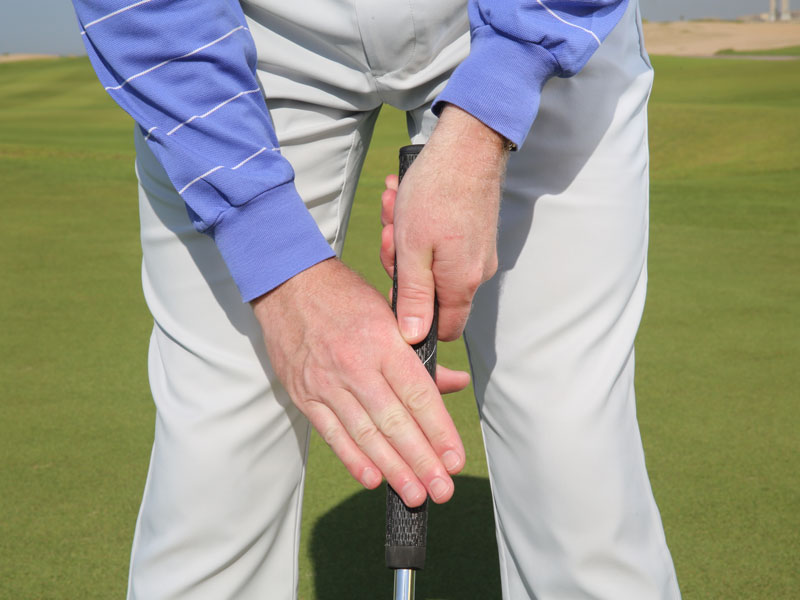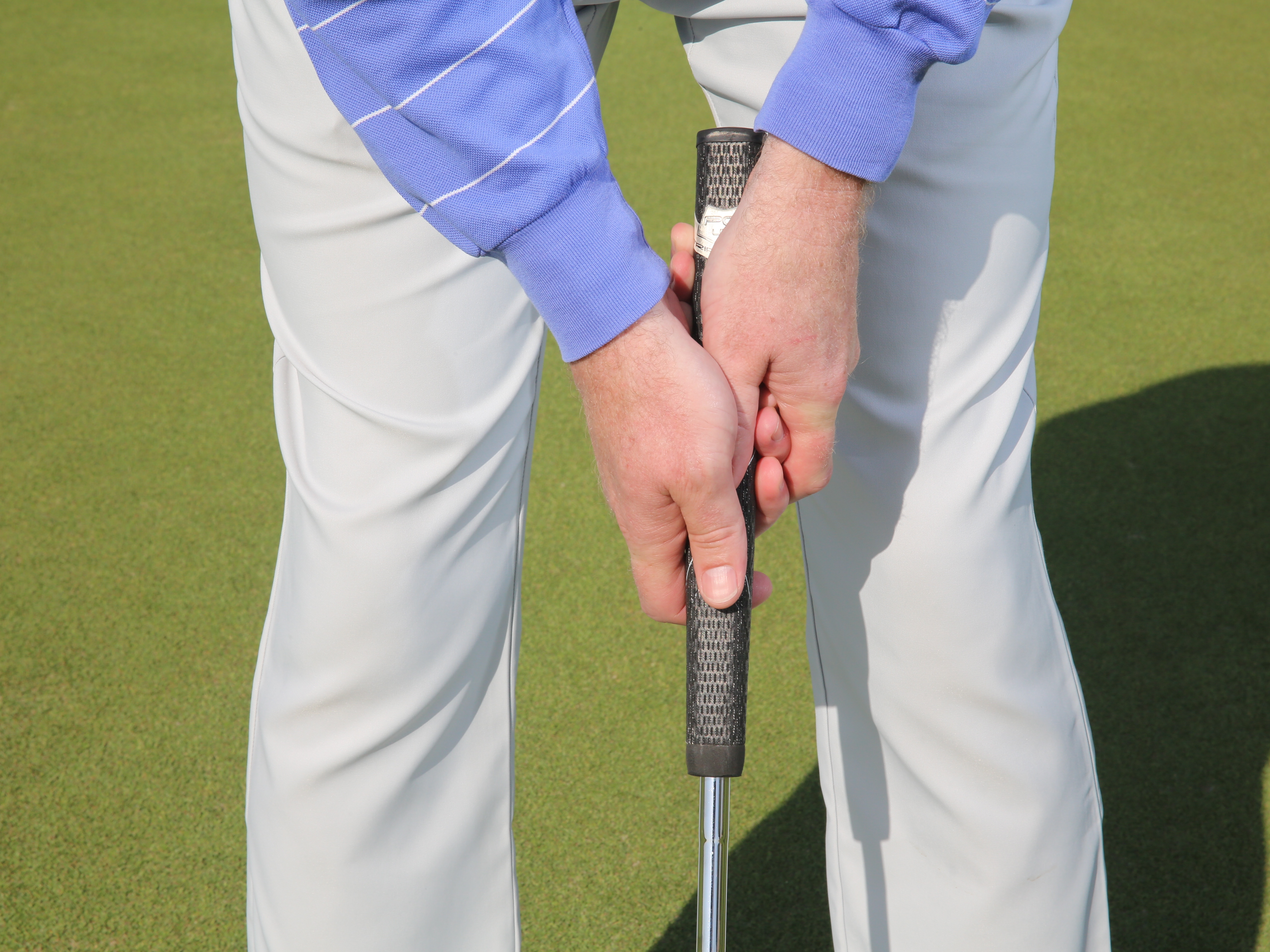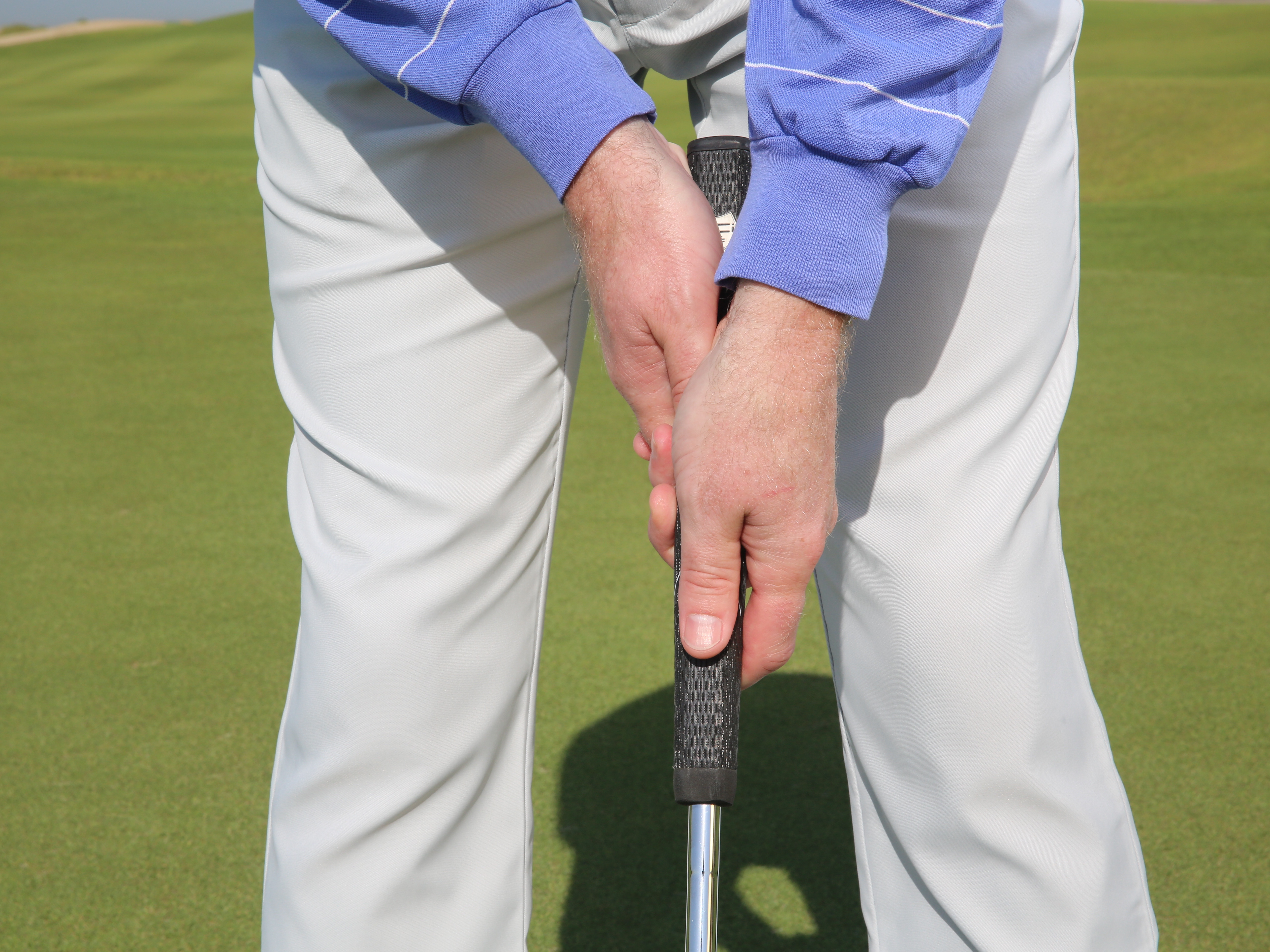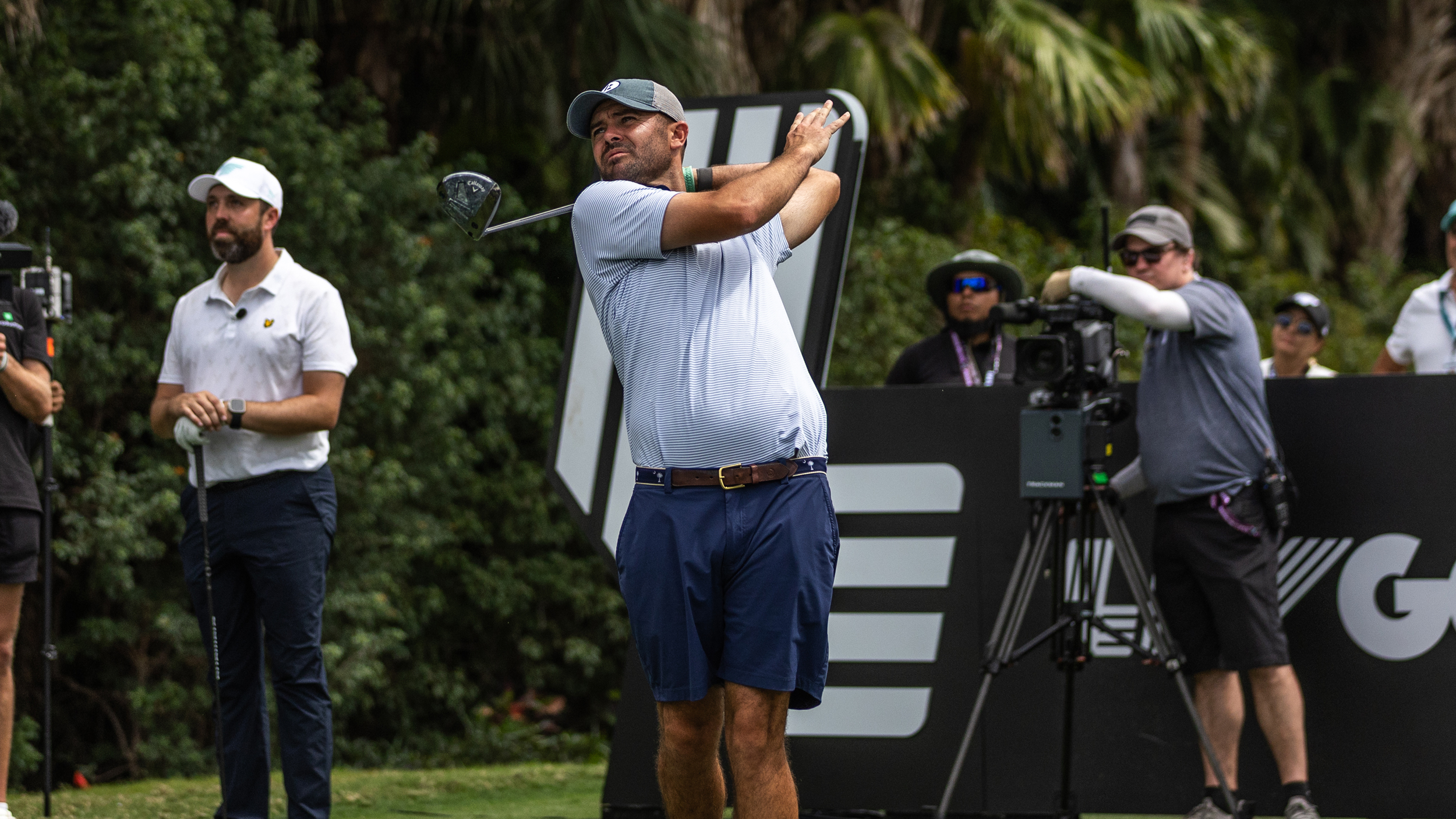Should You Experiment With a Different Putting Grip?
If you're thinking about trying a different putting grip, there are a few important things to bear in mind as GM Top 25 Coach Keith Wood explains...


If you're thinking about trying a different putting grip, there are a few important things to bear in mind as GM Top 25 Coach Keith Wood explains...
Different putting grip checklist * In a conventional grip the left hand controls and the right hand releases * Left below right helps neutralise the right hand * The ‘claw’ still allows some release in the right hand
1) Why new styles of grips? There are now many different putting grips, with recent alternatives coming to the rescue if the dominant hand has become too active and is affecting your ability to control the clubface – hence left below right, and more recently the ‘claw’ and ‘pencil’ grips. But although these resolve the issues for many, it does come at the cost of natural feel in the stroke, which stems from your dominant side.
In the conventional grip, the left side controls and the right side releases the putter. But when you switch things around, you gain in some areas and lose in others. So you need to weigh everything up, and perhaps even consider a hybrid grip such as the ‘claw’ or the ‘pencil’. Let’s look at various grips in more detail.
Watch: Hole more short putts with GM Top 25 Coach, Barney Puttick
2) The conventional grip In the classic putting grip, the arms hang down, the right hand sits below the left, and there’s a reverse overlap, with the forefinger of the left hand just riding on the fingers of the right hand and the thumbs extending down the flat part of the grip.

Everything’s very relaxed with the elbows just listing gently in, and as you make your stroke, the left side brings control, while the hands lag a bit as they change direction, with the right hand then releasing the putterhead. That’s good - you certainly don’t want to be rigid and fused, because that removes feel completely.
Get the Golf Monthly Newsletter
Subscribe to the Golf Monthly newsletter to stay up to date with all the latest tour news, equipment news, reviews, head-to-heads and buyer’s guides from our team of experienced experts.
Watch: Check out Rory's top putting drills here...
3) Left below right Why do many people now putt with the left hand below the right? Well, it helps to neutralise the right hand. Because your left hand is further down the grip, it elongates the left arm, which almost becomes a continuation of the shaft and brings you added consistency as the shaft is working with the left arm throughout.

However, you will have to make some adjustments to your stroke from distance because you’ve taken the right hand – and therefore the release – out of it. This will probably mean lengthening the stroke a little in comparison to the more orthodox grip.
Watch: GM Top 25 coach Keith Wood's pace putting drills and pointers...
4) The claw and the pencil I don’t use the claw grip often, but when I do, I really like the feel of it because it’s almost a hybrid grip or halfway house. If your right hand is too active, it helps without completely taking it away from the action. You can still get some release with the claw – the right hand is still active - but it can't be dominant.

The pencil grip is a variation on the claw. I like the claw because the right hand is working on the same path as the putter, whereas in the pencil grip it tucks under the club more. But that works for some people as it keeps the right arm a little closer to the body.

Jeremy Ellwood has worked in the golf industry since 1993 and for Golf Monthly since 2002 when he started out as equipment editor. He is now a freelance journalist writing mainly for Golf Monthly. He is an expert on the Rules of Golf having qualified through an R&A course to become a golf referee. He is a senior panelist for Golf Monthly's Top 100 UK & Ireland Course Rankings and has played all of the Top 100 plus 91 of the Next 100, making him well-qualified when it comes to assessing and comparing our premier golf courses. He has now played 1,000 golf courses worldwide in 35 countries, from the humblest of nine-holers in the Scottish Highlands to the very grandest of international golf resorts. He reached the 1,000 mark on his 60th birthday in October 2023 on Vale do Lobo's Ocean course. Put him on a links course anywhere and he will be blissfully content.
Jezz can be contacted via Twitter - @JezzEllwoodGolf
Jeremy is currently playing...
Driver: Ping G425 LST 10.5˚ (draw setting), Mitsubishi Tensei AV Orange 55 S shaft
3 wood: Srixon ZX, EvenFlow Riptide 6.0 S 50g shaft
Hybrid: Ping G425 17˚, Mitsubishi Tensei CK Pro Orange 80 S shaft
Irons 3- to 8-iron: Ping i525, True Temper Dynamic Gold 105 R300 shafts
Irons 9-iron and PW: Honma TWorld TW747Vx, Nippon NS Pro regular shaft
Wedges: Ping Glide 4.0 50˚ and 54˚, 12˚ bounce, True Temper Dynamic Gold 105 R300 shafts
Putter: Kramski HPP 325
Ball: Any premium ball I can find in a charity shop or similar (or out on the course!)
-
 Reports: Wesley Bryan Suspended By PGA Tour After Playing In LIV Golf Duels
Reports: Wesley Bryan Suspended By PGA Tour After Playing In LIV Golf DuelsThe 2017 RBC Heritage winner is said to have been suspended by the PGA Tour after teeing it up in the recent LIV Golf creator event in Miami
By Elliott Heath
-
 LIV Golf Mexico City: Book Your Tickets To See The Stars Of The Game
LIV Golf Mexico City: Book Your Tickets To See The Stars Of The GameMexico City welcomes LIV Golf's all-star roster later this month, where you can see the world's best players and enjoy the show and the family friendly atmosphere
By Golf Monthly